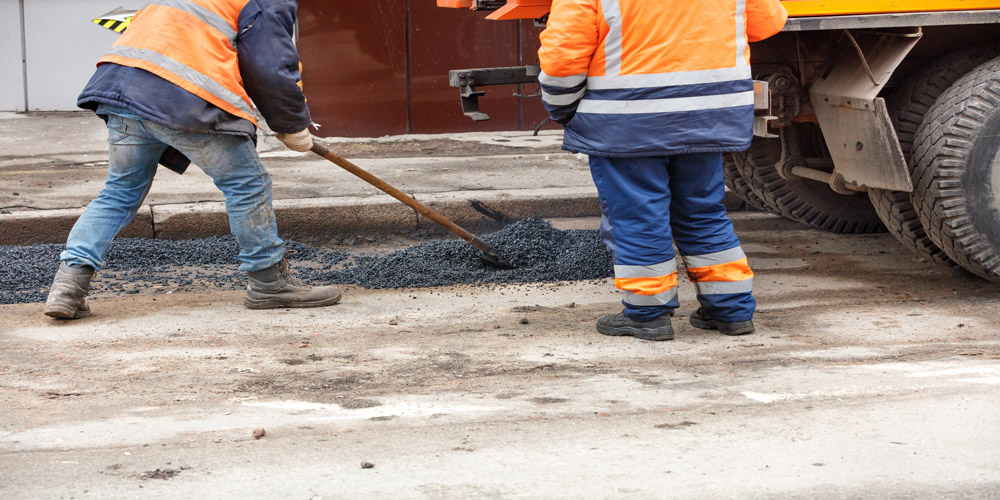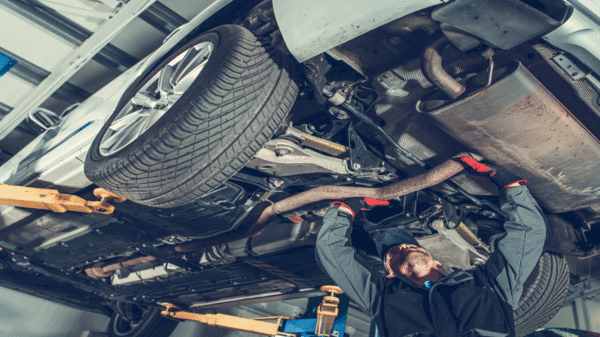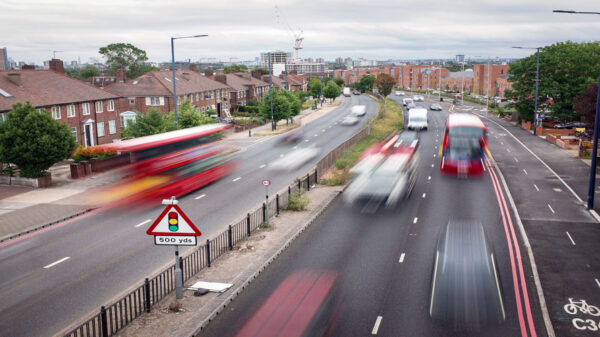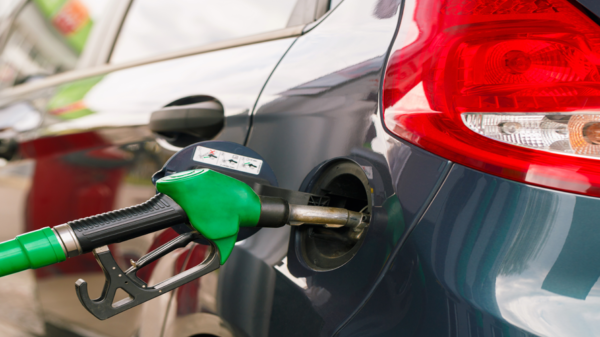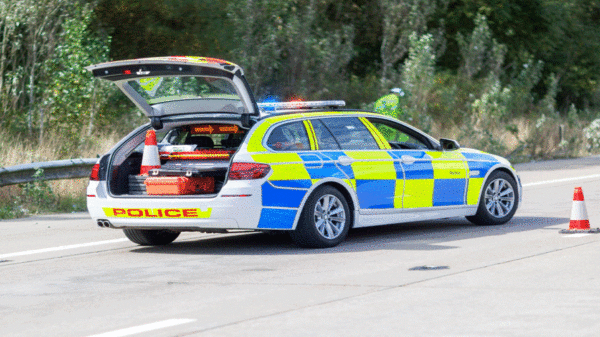Anger with the poor state of Britain’s local roads has reached its highest point in nine years with half of drivers (49%) surveyed for the RAC’s annual Report on Motoring listing it as a top motoring concern, making it the single biggest issue by a considerable distance this year. Concern among drivers is now at a record level since the RAC first started asking drivers for their views on the condition and maintenance of local roads in 2015.
The previous high – 46% – was recorded in 2021. The next biggest worry after local roads was the cost of fuel which was cited by 42% of drivers.
The condition and maintenance of local roads is a particularly significant problem for older drivers with 55% of those aged between 45 and 64 saying it is their top concern. This rises to 59% among those aged 65 and older.
The RAC study also reveals that two-thirds of drivers (67%) say that the condition of the local roads they regularly drive on has deteriorated in the past 12 months, up from 60% in the 2022 report, making for the biggest increase since 2017.
This year only 4% think local road conditions have improved over the last 12 months. While problems with road surfaces are overwhelmingly to blame (cited by 97% of drivers), there are several other factors contributing to this decline, including faded road markings (61%), litter (35%) and poor signage visibility (34%).
The desperate state of roads has also led to most drivers having to take sudden, sometimes even shocking evasive action, with a third (35%) reporting they have been forced to swerve quickly to avoid a pothole and ended up completely crossing into another lane or going on to the other side of the road.
Seven in 10 (69%) say they have been forced to slow sharply to drive over a pothole and 37% have tried to maintain a greater distance from the car in front to give themselves more time to react to road-surface problems.
Current state of motorways and major A-roads
Drivers had more positive views about the condition of Britain’s motorways and high-speed dual carriageways in comparison to local roads, but many are still frustrated by the level of deterioration they have witnessed.
This year, 11% of drivers say the condition of these major roads is a top concern, up from 8% in the 2022 report. Among those who use motorways and other high-speed roads, 44% say their condition has worsened in the past 12 months, up significantly from 38% in 2022.
This deterioration is mainly due to worsening road surfaces (cited by 81%), but faded lane markings (46%), roadside litter (39%) and poor signage visibility (28%) are also to blame.
Repairs, roadworks – and what needs to happen next
Where repairs are being carried out to roads of all types, drivers are wholly unimpressed with the quality of the work done: 81% say they do not think roads are resurfaced to a high enough standard, while the same proportion (81%) do not believe roads are resurfaced as often as they should be.
The disruption caused by maintenance work is another source of dissatisfaction, with 74% of drivers saying they are frustrated by roadworks taking place on the same road in quick succession and 72% complaining that works frequently overrun.
The 2023 edition of the Asphalt Industry Alliance (AIA)’s annual report indicates that local councils in England and Wales continue to face significant shortfalls in the funding required to keep road surfaces in a reasonable condition.
The latest Annual Local Authority Road Maintenance (ALARM) report, published in March 2023, says that the total amount of money now needed to address the backlog in road maintenance works has increased to more than £14 billion, up 11% from a year ago.
RAC head of policy Simon Williams said: “Many drivers will be wondering why so many potholes appeared on the country’s local roads in the absence of a particularly cold winter. Sadly, a long-term lack of funding for maintenance and repair work means our roads are in a such a fragile state that it only takes a little rainwater getting into existing flaws followed by some sub-zero temperatures for them to break down further.
“We have to bring the ongoing deterioration of our local roads to an end by giving councils the certainty of funding they need to be able to plan proper maintenance programmes which include resurfacing roads that have gone beyond point where they can be patched up.
“This is why we continue to call on the Government to ringfence 2p from every litre of existing fuel revenues over a five-year period which will give councils the funds they need to be able to plan proper maintenance programmes.
“We have raised this issue with the Secretary of State for Transport and urged the Chancellor in our Autumn Statement submission to shake up his road funding policy, because as it stands the £26bn collected from drivers is currently just another form of general taxation. We believe a change in funding strategy is long overdue, not least because England’s major roads receive seven times what local roads are given, despite the fact there are seven times more miles of minor roads. It is plain wrong that drivers who contribute billions in tax every year have to put up with roads that are so far from being fit for purpose.”
Responding to the RAC, Cllr Darren Rodwell, transport spokesperson for the Local Government Association, said: “Councils share the frustration of all road users about the conditions of our local roads. The LGA has long-called for longer term funding to tackle the issues facing our roads and we believe that government should award local authority Highways Departments with five yearly funding allocations to give more certainty, bringing councils on a par with National Highways.
“We look forward to seeing more details on the recent £8.3 billion funding plan announced for roads maintenance in the upcoming Autumn Statement.”


